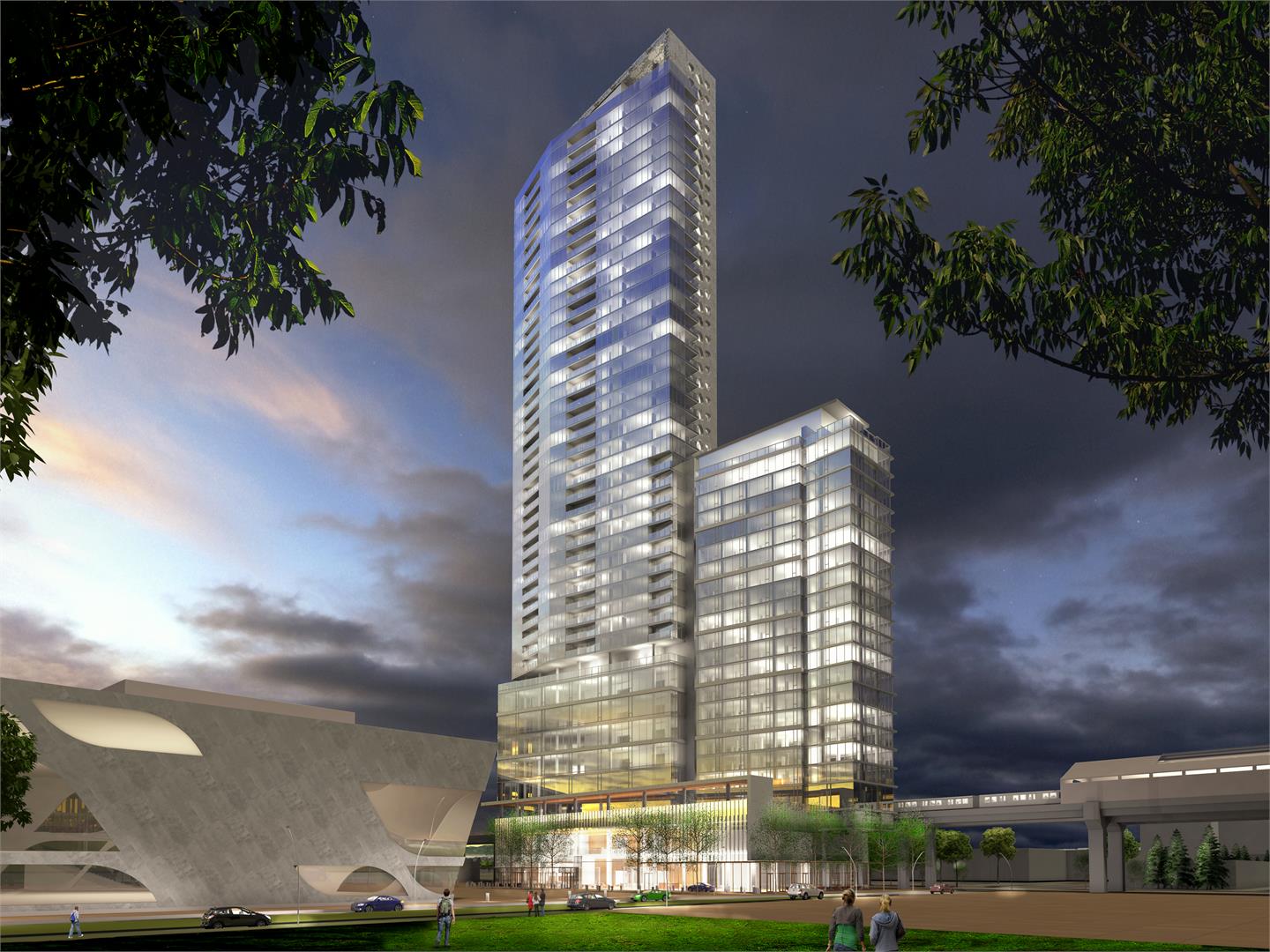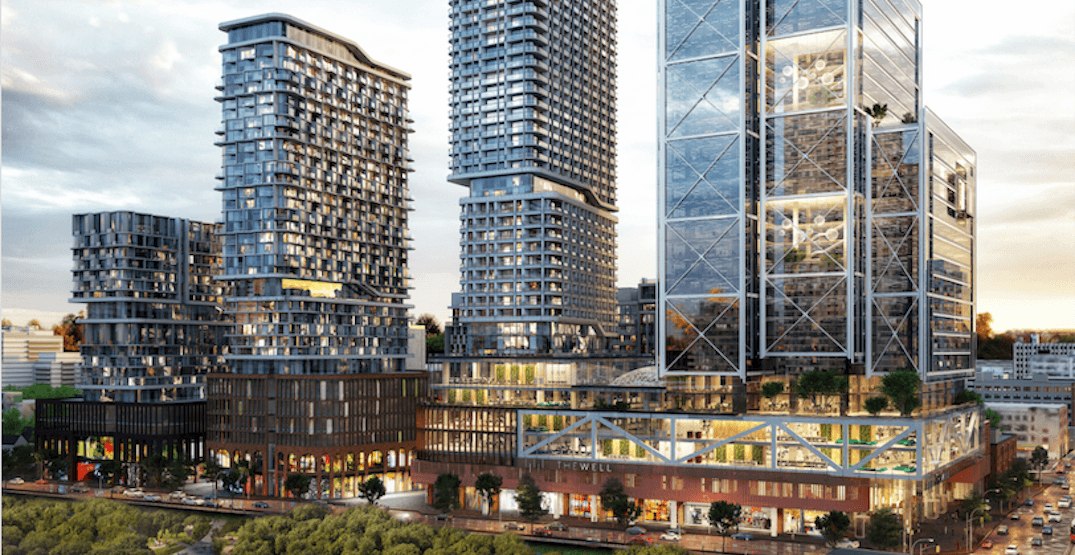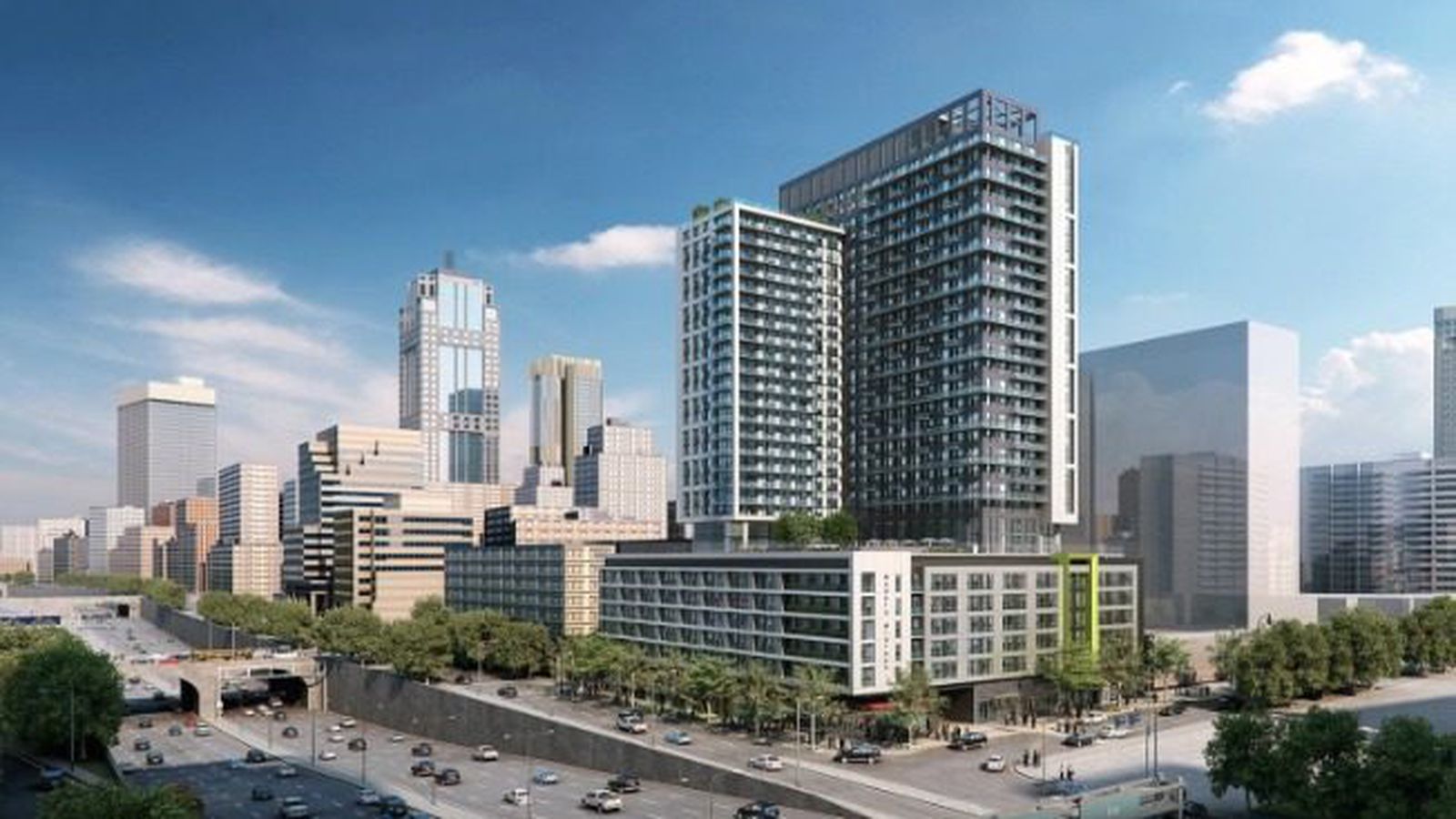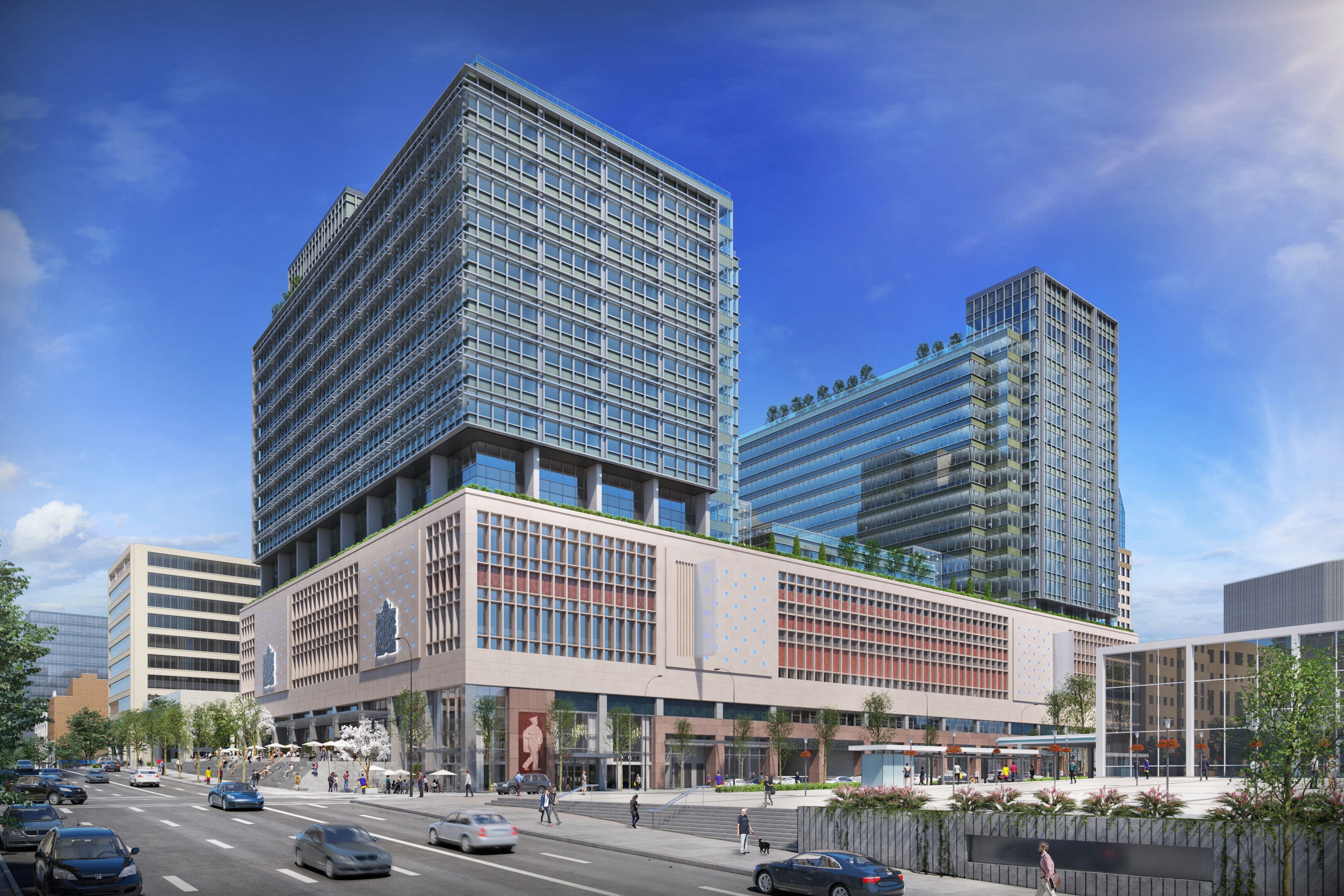There are a lot of ways to build a dense city. You can go the old European city route and have a bunch of low and mid-rise buildings very close together, resulting in a fairly liw city skyline with small gaps between buildings. Or, you can have mostly skyscrapers with large clearances between them to get a similar density as the European city but with more empty space on the ground for trees or amenities, at the cost of being more expensive to build since economies of scales don’t really apply to buildings, and tall buildings cost exponentially more per area of floor space than shorter buildings. But, many people prefer having more space on the ground, while others prefer street level shops being close together so you can easily get between them.
Or, you can have a city centre that has both really tall buildings and narrow building clearances to get extreme densities. Hong Kong, Singapore, and other large Asian are examples of this, as well as Manhattan. But I know many people say they hate
Or, you can interleave tall and short buildings such that you get good density of street level shops, while still having more vertical space.
What do you think? For walkable and low car use city development, how would you personally like it to be built? Why? Also, if you have a picture to show as an example of what you mean, I’d love to see it!
Here are some pictures that I have for reference:
Old European city:

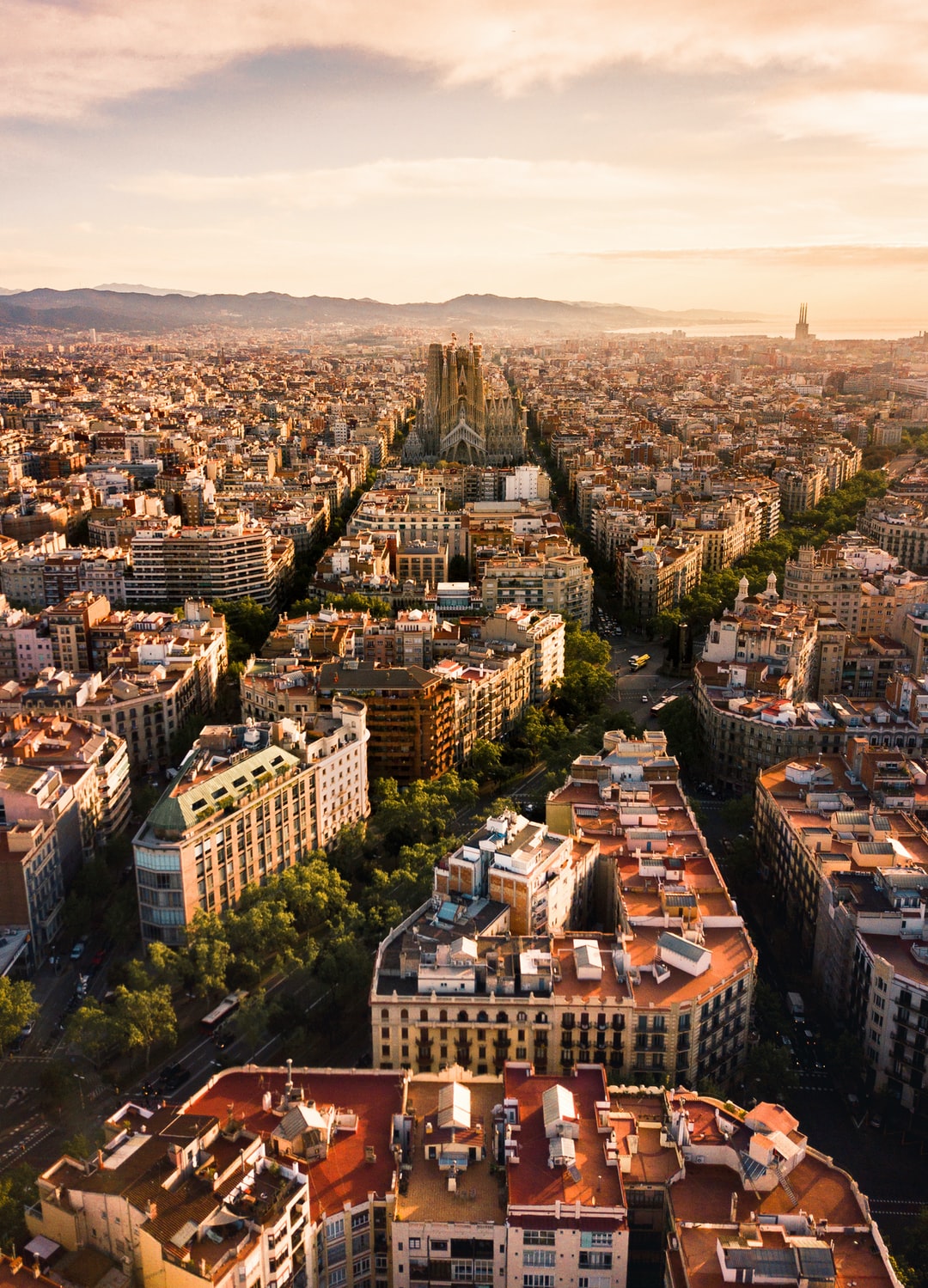

High rises further apart:
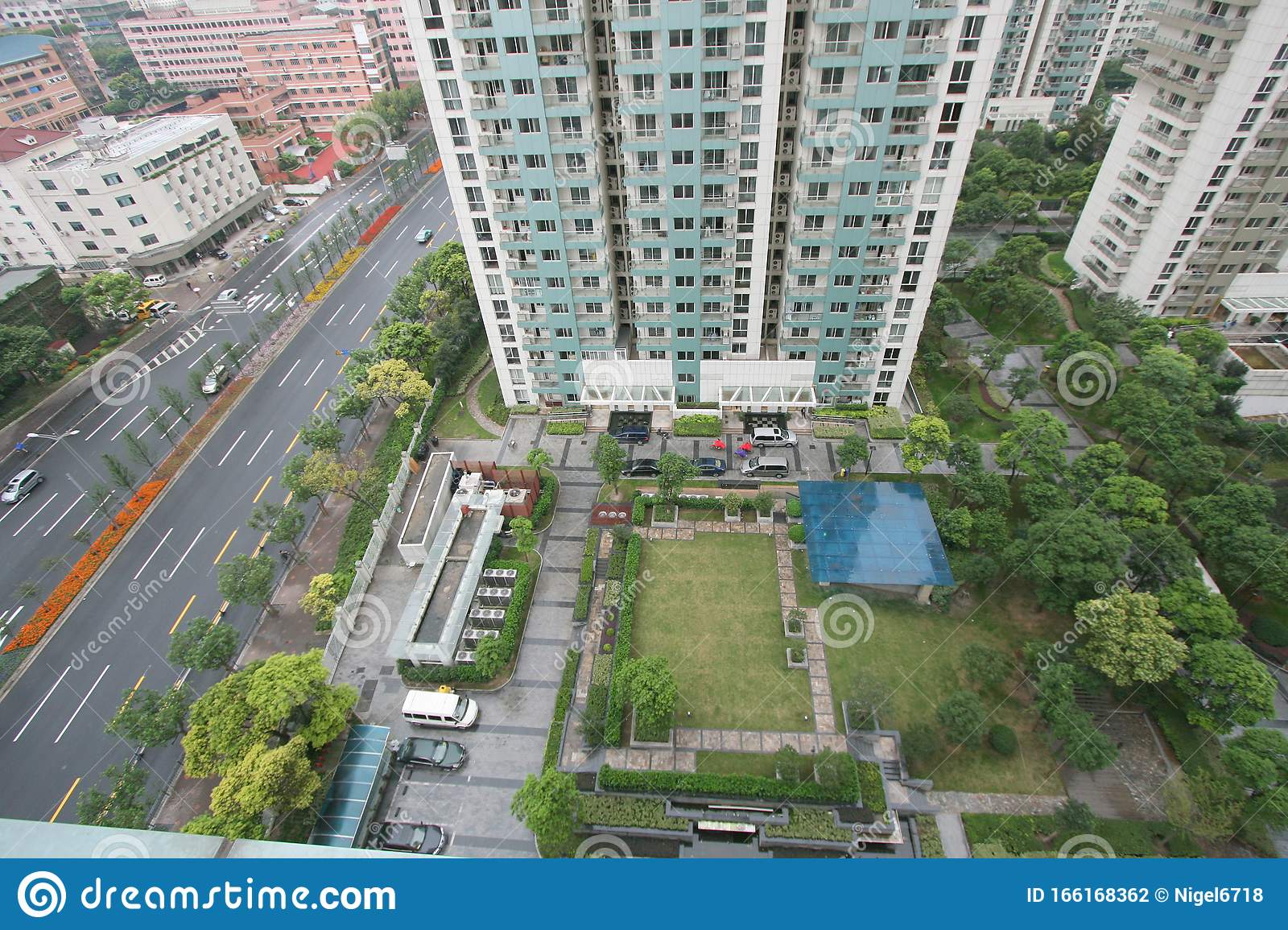
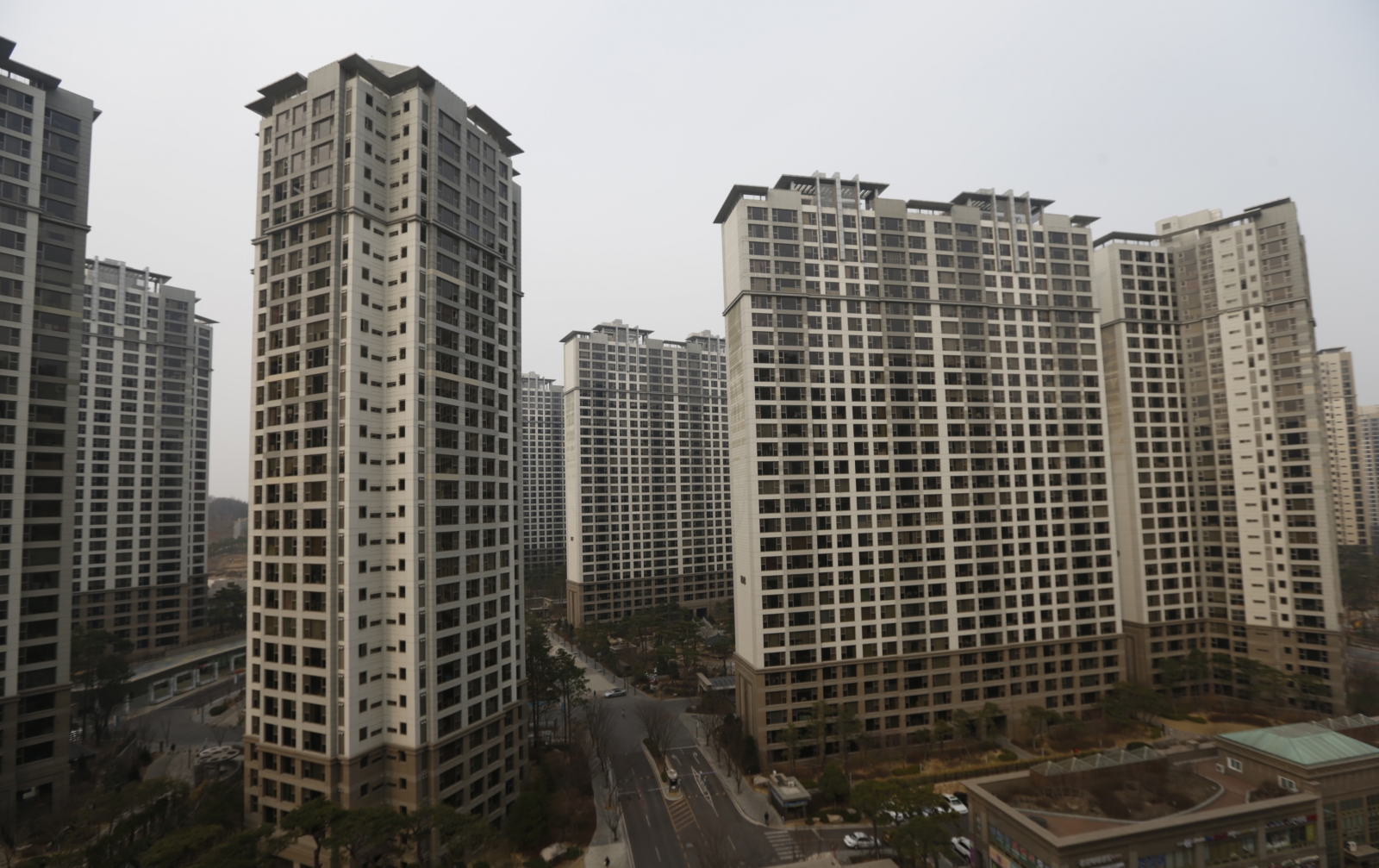
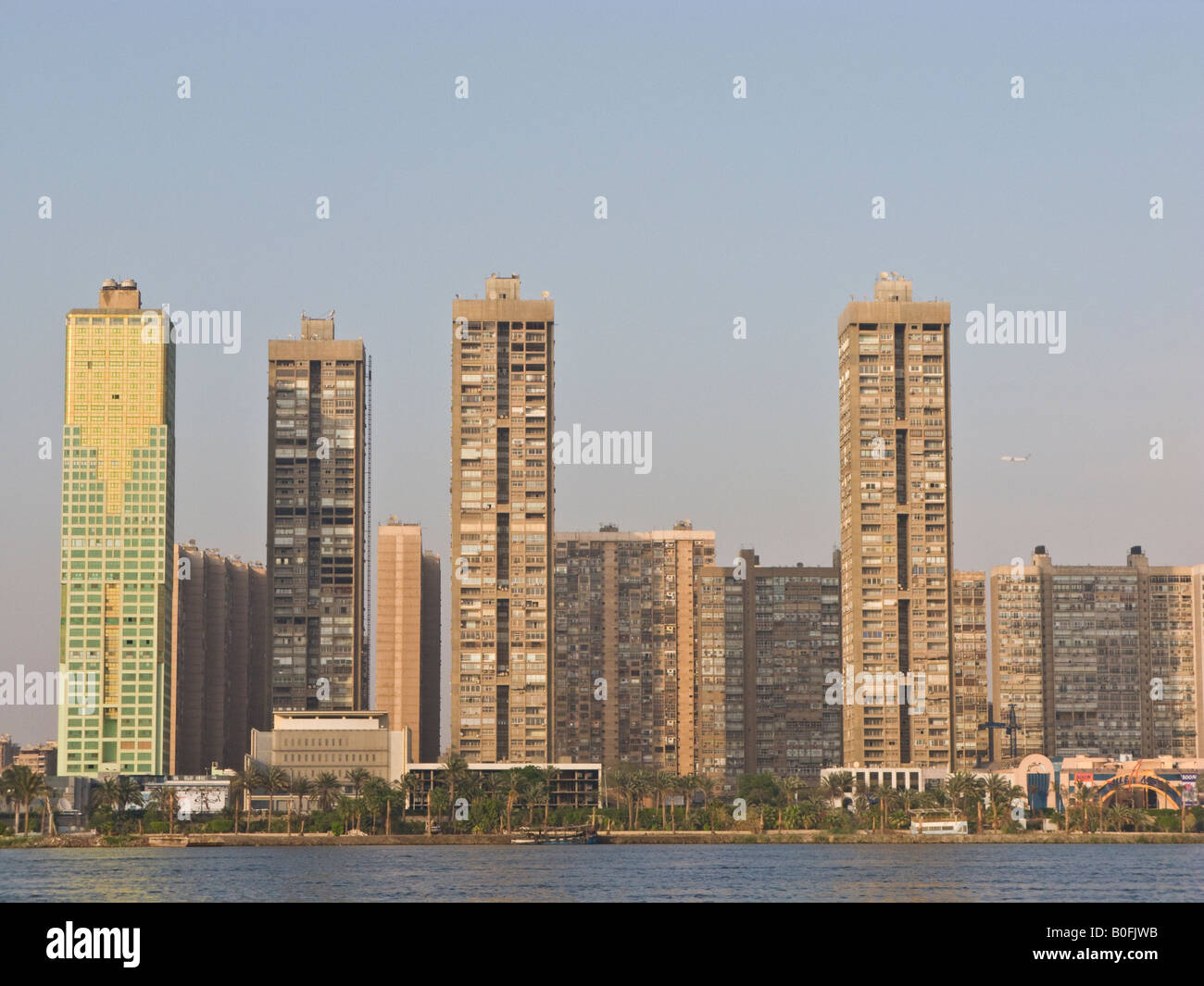
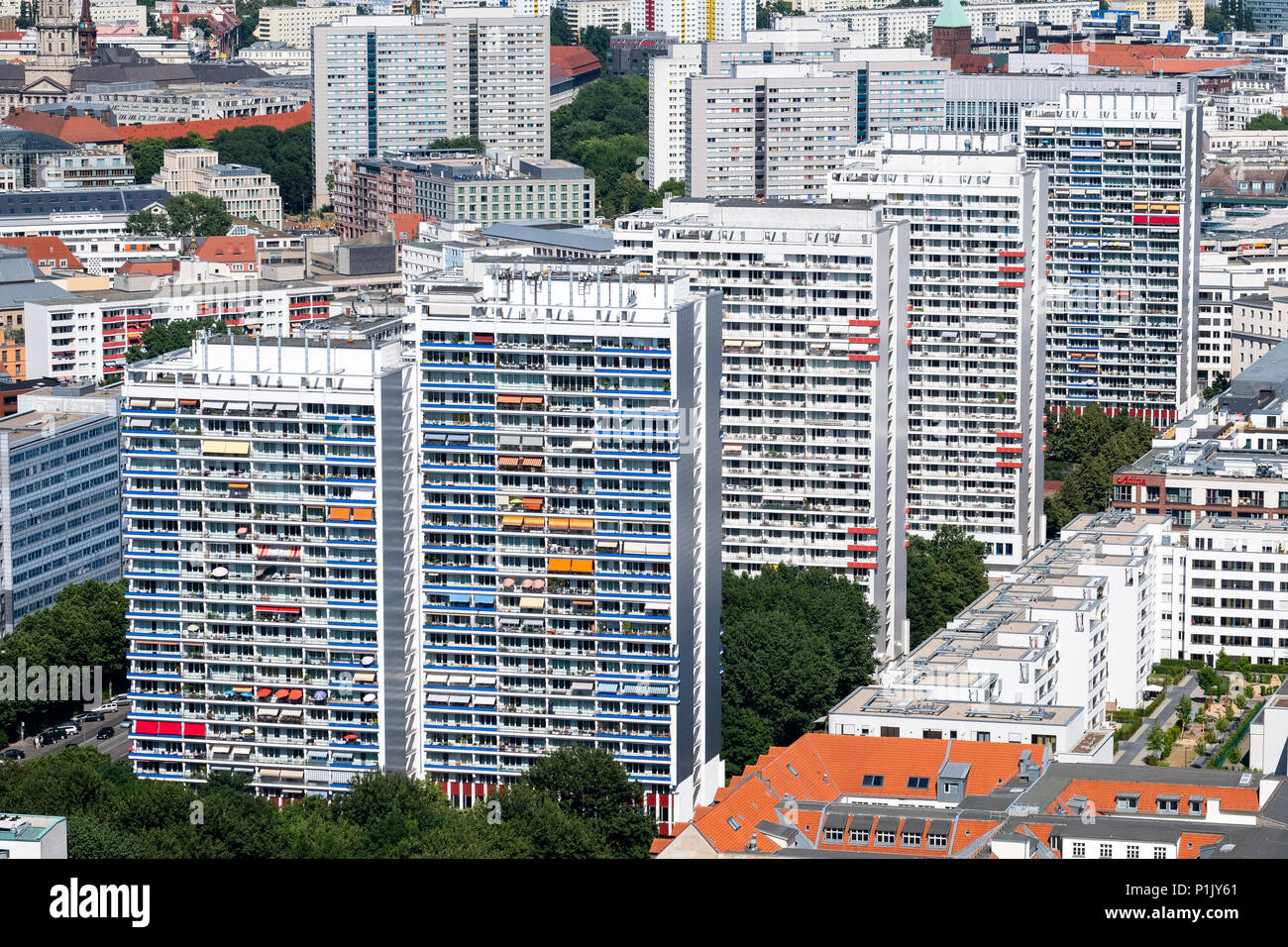
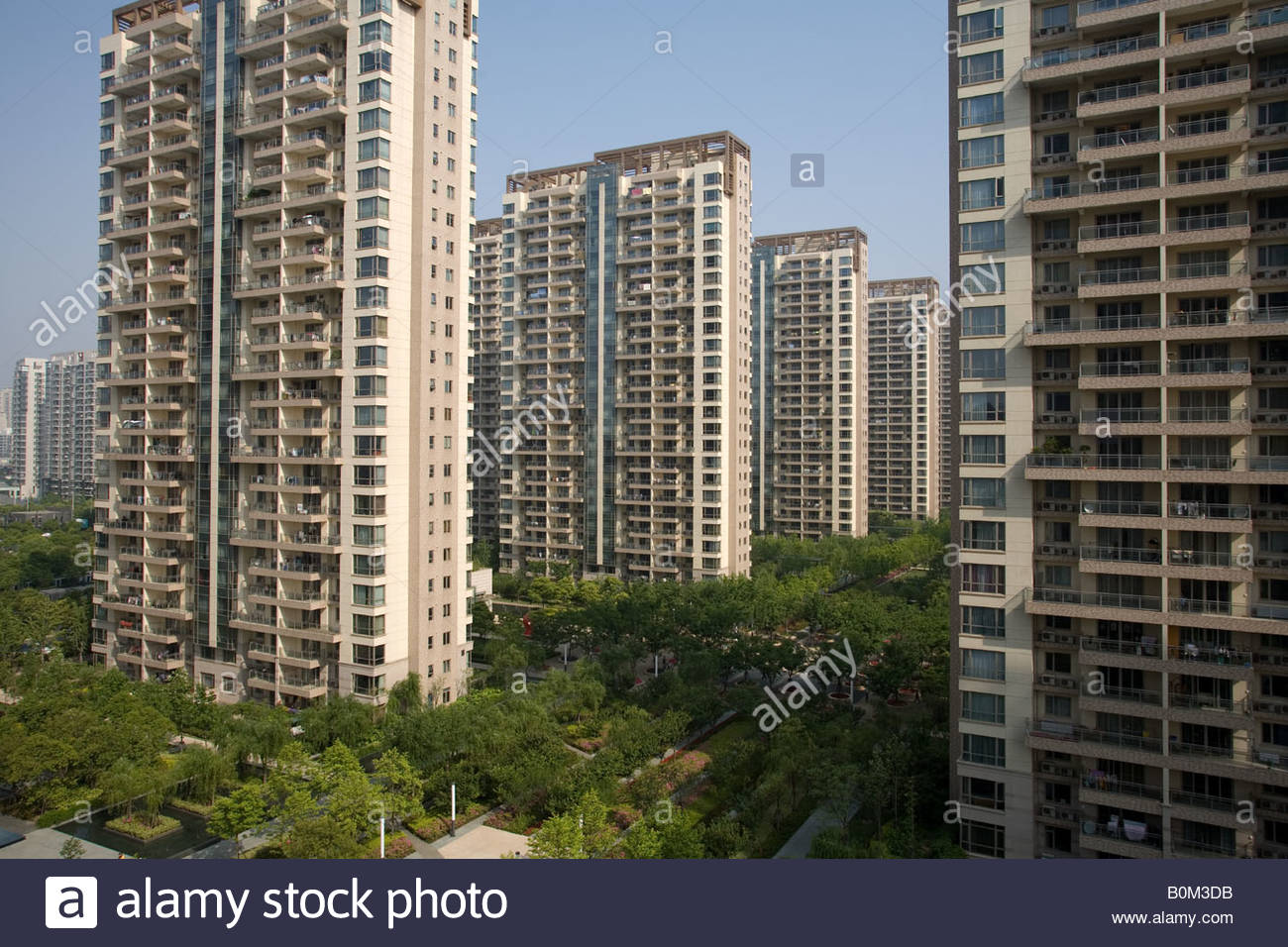
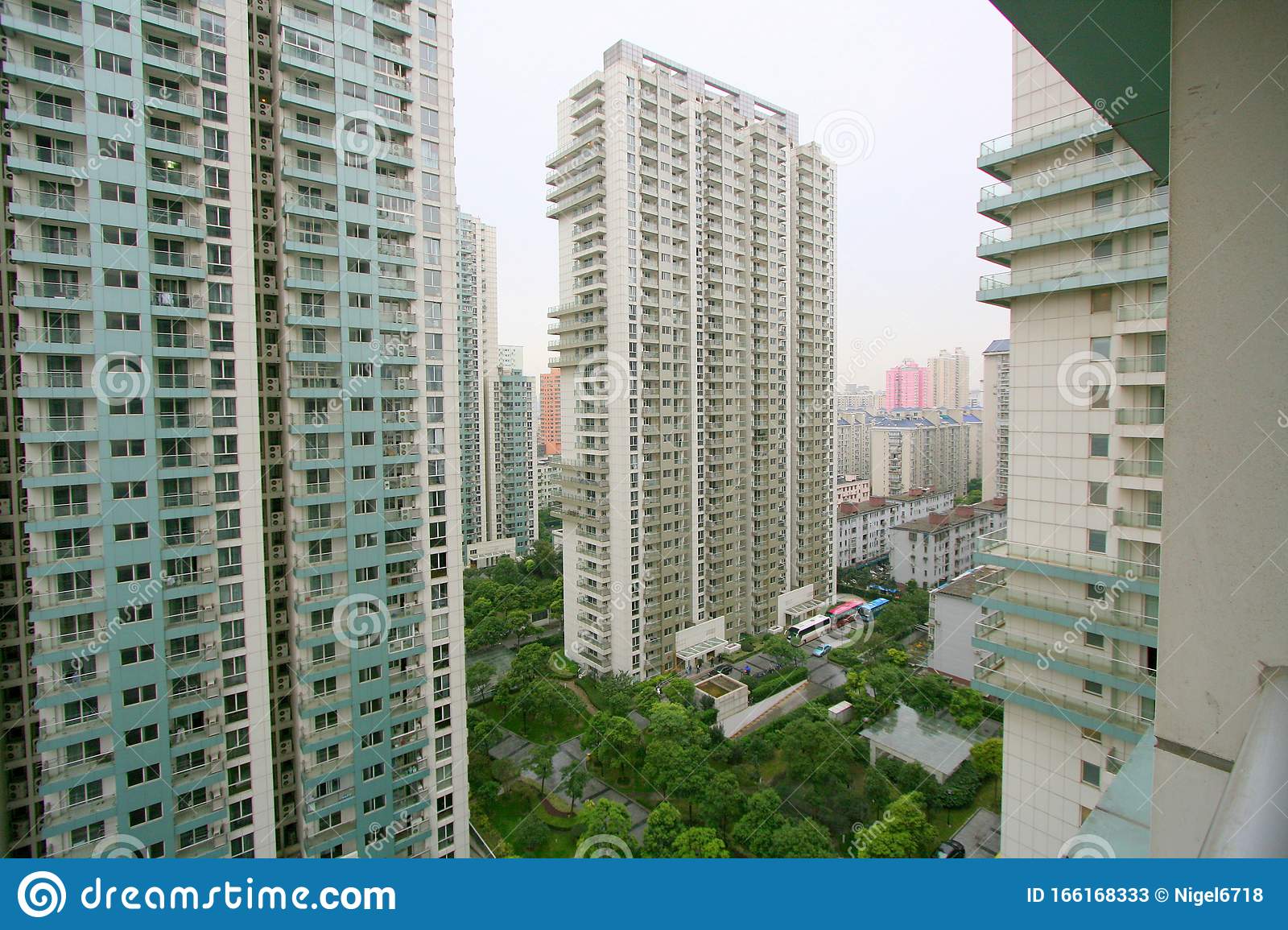
High rises close together:

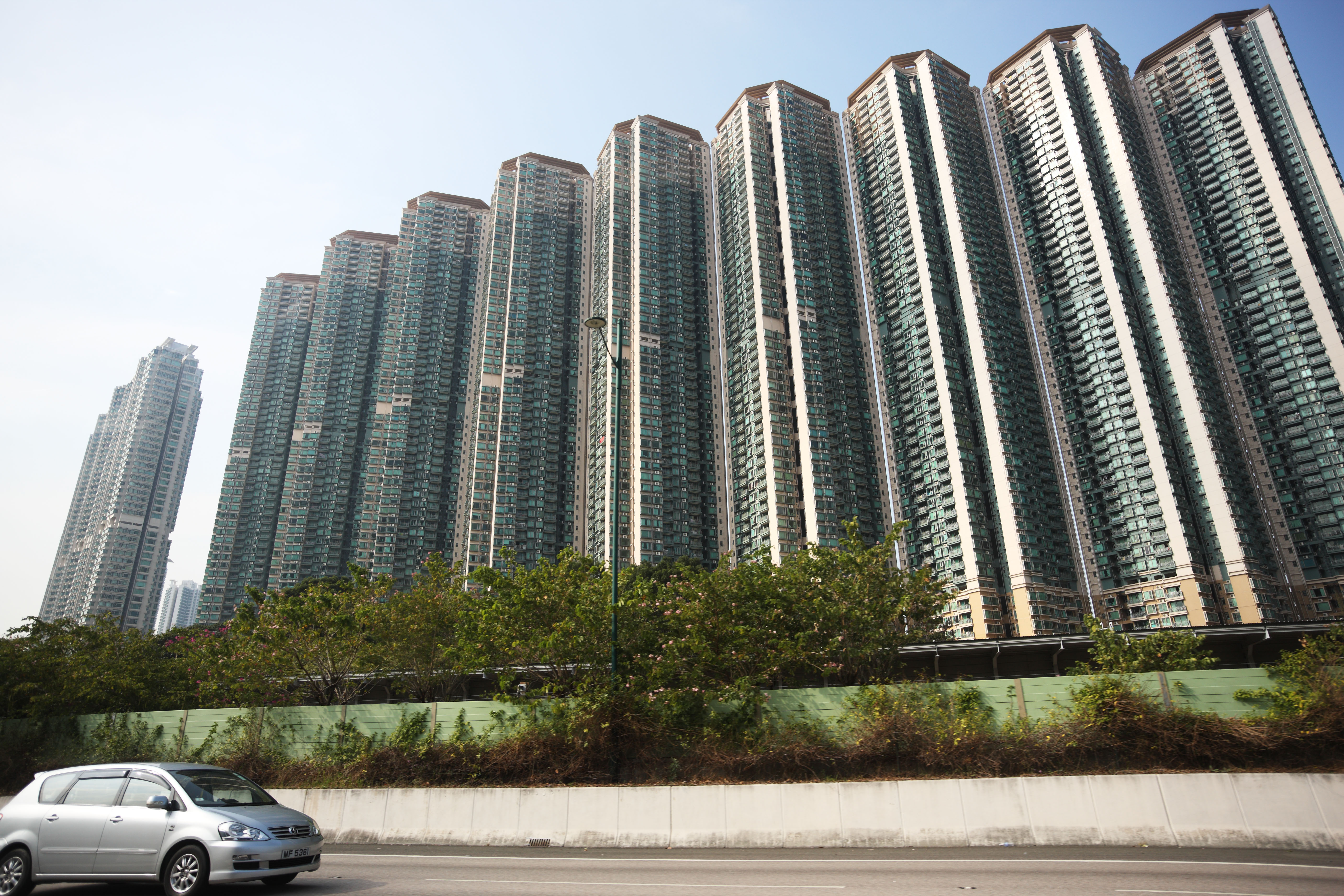

High and low interleaved:
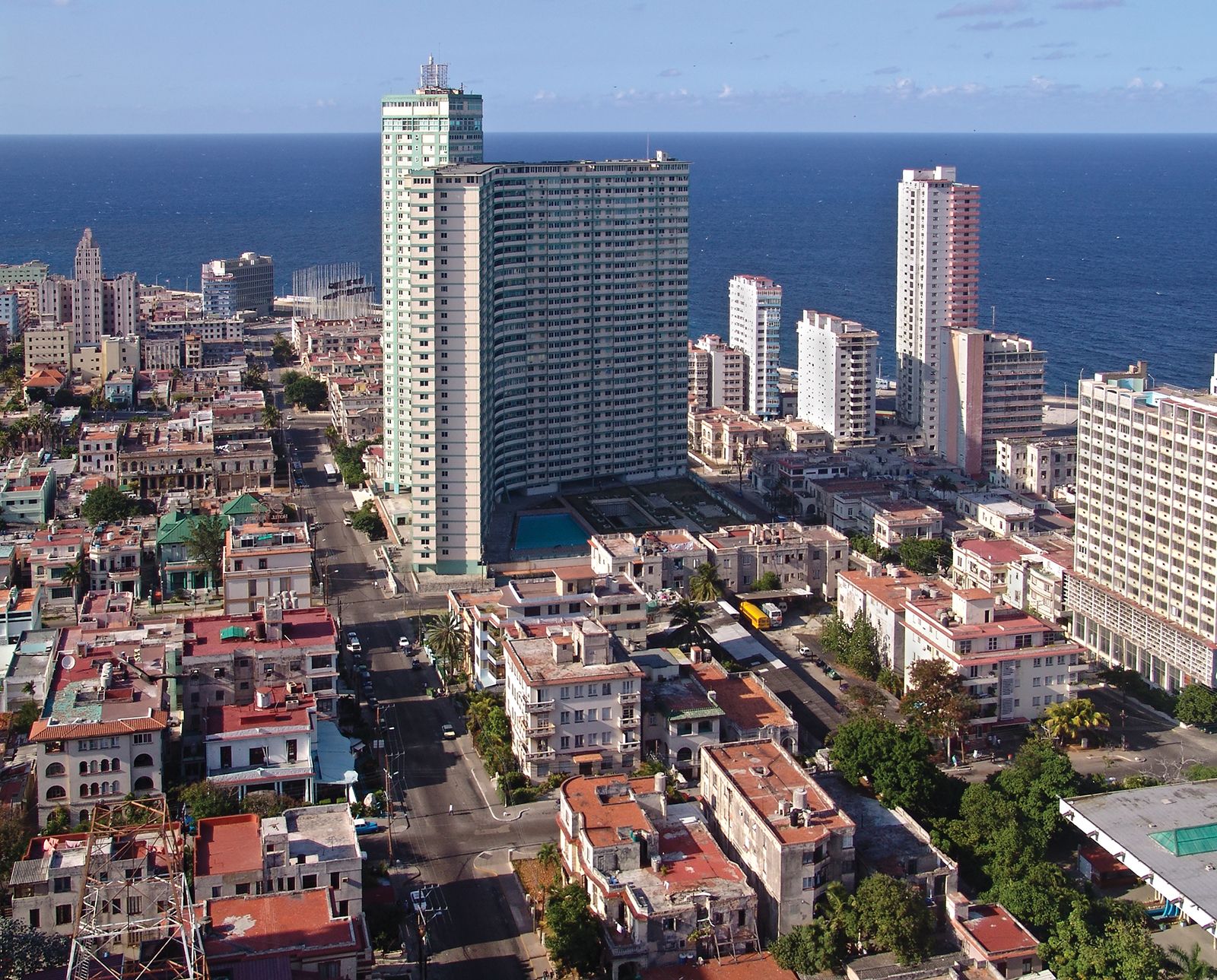
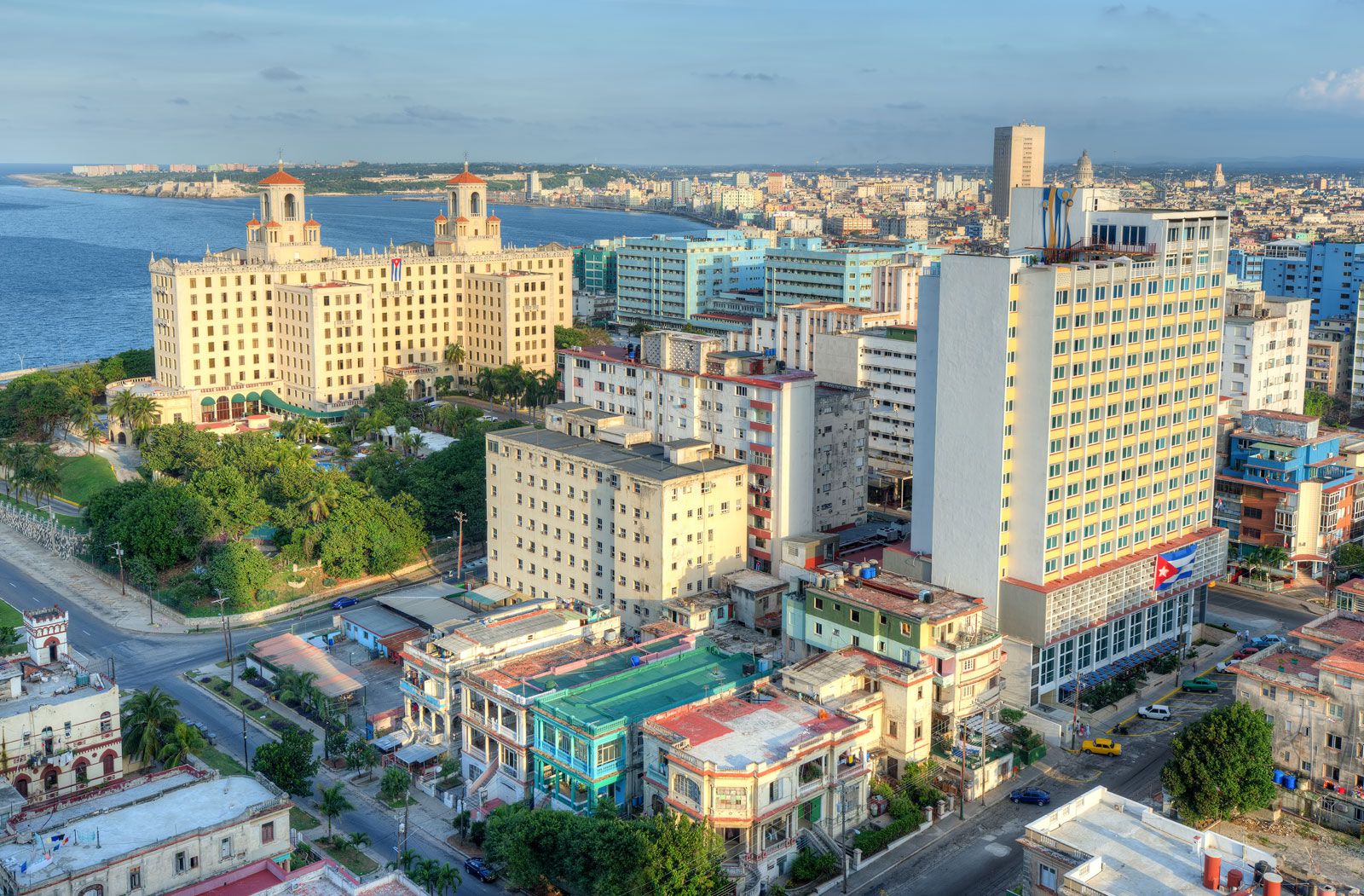
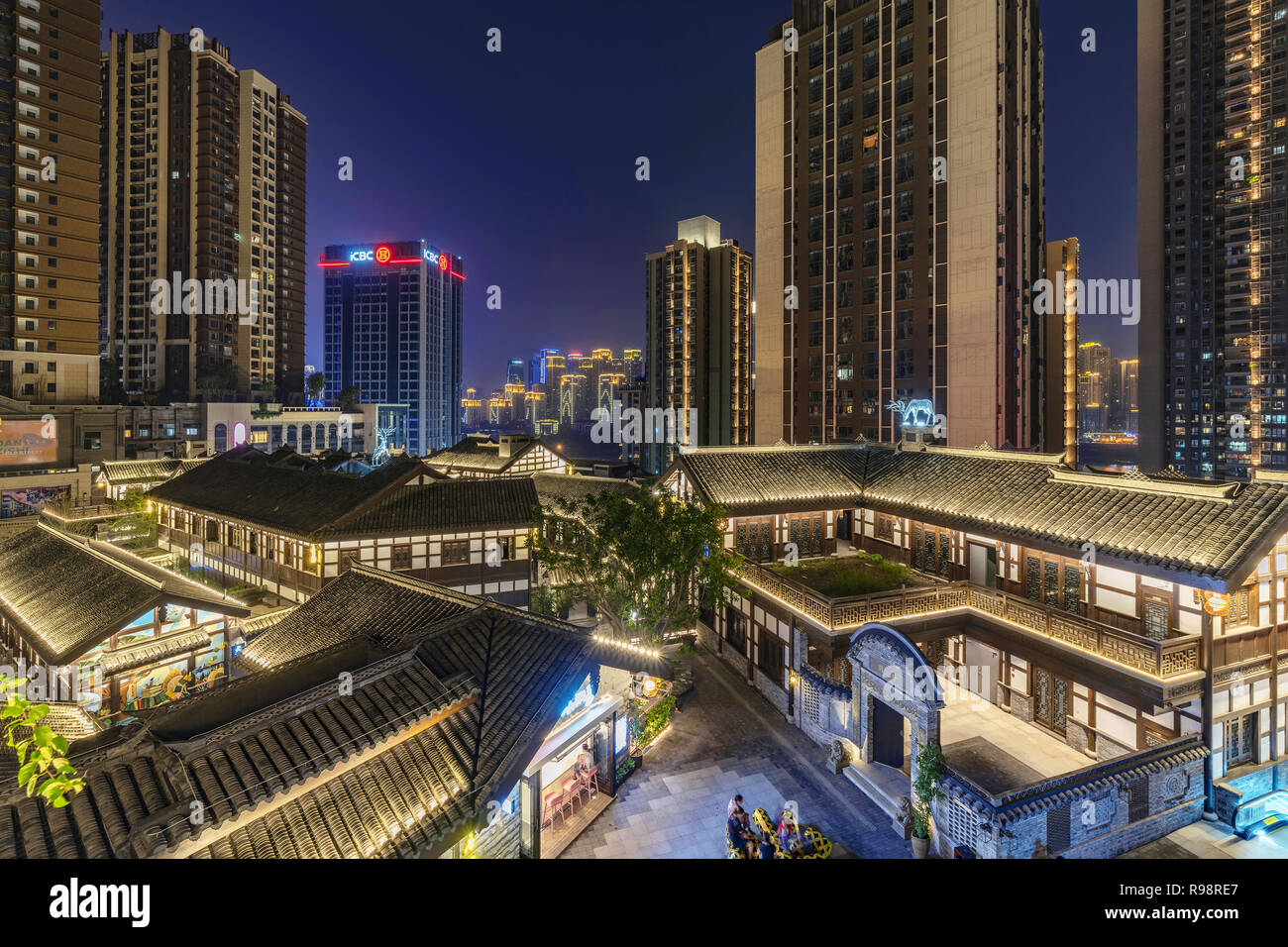
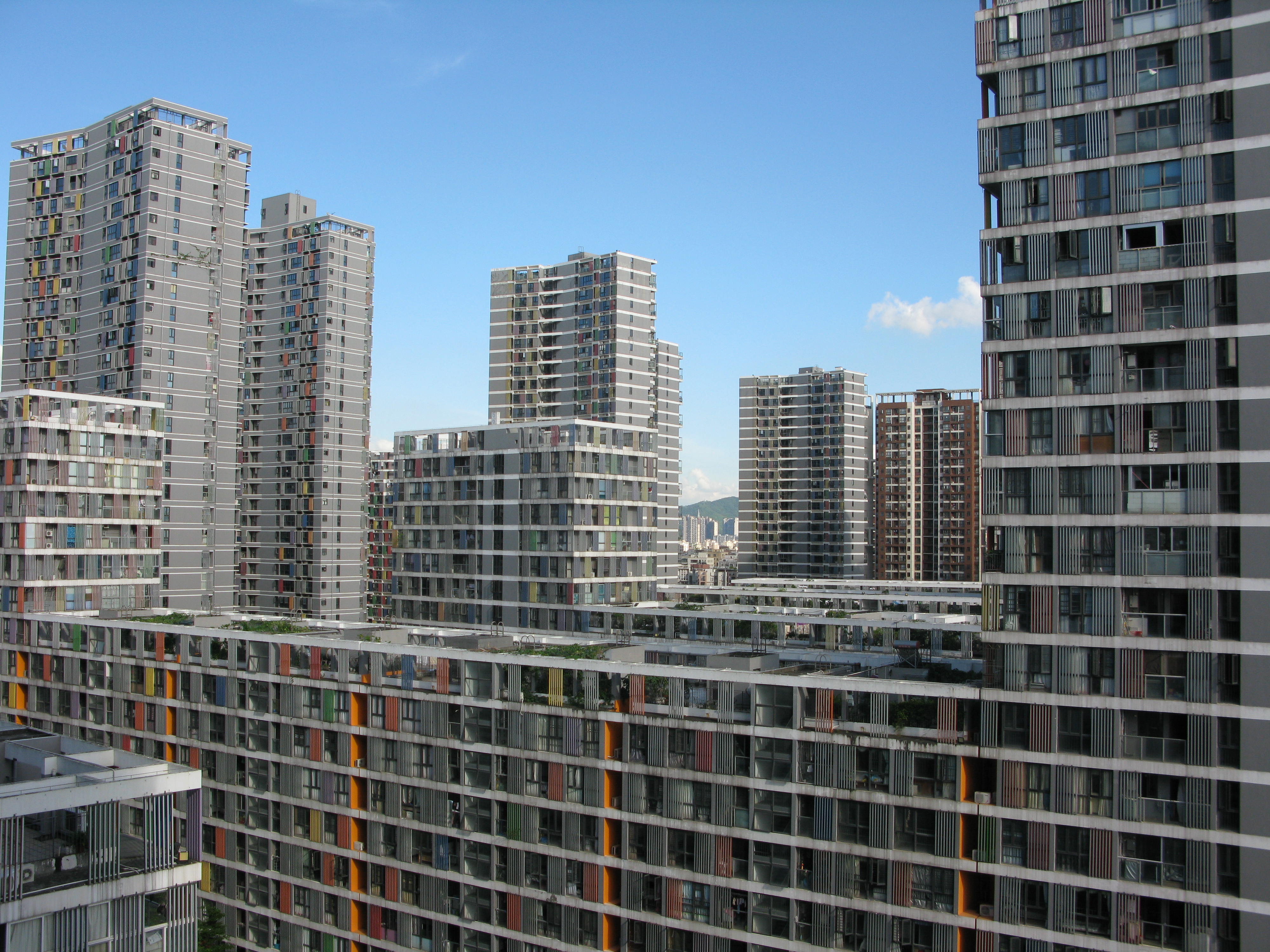
I’m all for higher density living but I get insanely depressed living in concrete blocks, no matter how much green there is in between them.
I need to be able to go out in nature and have privacy. That means having a house, unless some new ways of buildings cities comes out.
If we changed our way of life in such a way that people don’t have to work as much, it won’t matter if we live densely packed or in sparse comunities. And we can do that, we just need to remove all the bullshit jobs and have everyone work in maintenance jobs in rotation.
I mean, I like being in nature too, but even for non-work errands like getting groceries or going to the doctor, it’s really nice to be able to get there without a car.
There are a few cities or city centres that are relatively narrow strips, surrounded by natural areas on either side. Great transportation and density along the strip, but walk for fifteen minutes and you’re outside the core and in nature. Might be worth copying for newer developments.
Also, townhouses are another option. They’re considered medium density on par with a low-rise apartment, but each unit has a dedicated front door and small garden.
You don’t need to use a car necessarily. A bike, maybe with an electric battery+motor would work well for even mildly long distances.
Also, if we didn’t have to work all the time, we could potentially change our habits around groceries and other gathering of resources. I wouldn’t mind spending hours on getting food and supplies if I didn’t have such a hectic life (that’s mostly caused by having to work semi-fulltime).
Where I live, it’s not uncommon to go to a local farm and pick your own vegetables and fruits. It’s just that with how busy everyone is, this is a once per season activity that you do for fun. If everyone had more time, it might be the main way for people to get stuff, and it would be a lot more eco because we wouldn’t have to have a middle man (grocery store) that ships stuff from farms just so others can go there and ship it back to their homes.
Eh, where it’s temperate, that can totally work. But for places where it gets really hot or really cold, or rains a lot, or snows a lot, you’d really want at least the option to use public transit or walk as short distances as possible. In somewhere like Toronto or Moscow or Harbin, where it gets really cold with snow and ice coming down in sheets for more than half the year, spending hours on basic errands like getting groceries are anywhere from annoying because you have to trudge through that stuff, to dangerous if you slip and fall. Same with Phoenix or Cairo, where it’s really hot and you want to stay away from the sun as much as possible.
Hmm, for the hot places I totally agree but with the cold, not so much.
If it’s cold, you can put on more layers or just rely on the effort you’re making to keep you warm. With decent infrastructure, it doesn’t have to be a problem to go out in the cold, even walking or biking.
I guess it can be a problem for people that don’t move as well, like old or disabled people. For those I would say they should just be allowed to drive. As long as not everyone is doing it, it shouldn’t be a problem.
The issue with cold is not the temperature per se, but snow and ice, which can be dangerous. As someone living in a city with increasingly worse snowstorms every winter, I can’t think of many “decent infrastructure” that can automatically prevent snow and ice buildup and allow you to walk or bike an hour nonstop to your destination. Covered walkways and awnings can work for high density areas, but not a continuous cover from a suburb into the city centre. In rich neighbourhoods they have heated sidewalks that can melt show and ice, but that’s ludicrously energy intensive. Salting roads is bad for the environment (the saying “salt the earth” exists for a reason), it’s a lot more acceptable in a high density area with short walking times, high usage, and possibly even pollution capture systems for water runoff, but again, not great for the environment if every suburban road is salted (that’s exactly what we’re doing, mind you). Finally, manual snow ploughing is unreliable and also doesn’t scale well with low density: if you’re in the suburbs where I live, you’re lucky to get a plough truck coming through every week, whereas the major corridors are ploughed every morning before dawn, and ploughing also doesn’t address the issue with ice, which is even more dangerous than snow.
have you been to the barbican centre?
No but I’m not sure what’s your point?
it’s a concrete block with a lot of greenery and it’s really pretty
I think all of these can be good.
Same. Would we nice to see more elevated walkways between high rises
I think its fine without these, with high risers it’s typically overlooked to have really good living space in between them. A playground and a few trees isn’t enough, it needs to service all of these people well. You need shops and all kinds of stuff.
Lower buildings often have commercial space on the ground floor, and the shops, doctors and kindergartens will be there.
I’ve been thinking about this, even asked it here, but I think if you’re going to spend the money on highrises, ideally you’d have each high rise be residences for the upper floors and commercial/office space on the lower ones, in a ratio that represents the relative densities each type of space would have on average. For example, if residences have an average “square meter of floor space per inhabitant” density that’s a third that of an office, then each high rise should have one third offices and two thirds residences. That way, you won’t have a situation where a ton of people have to commute out of the district simply because there are not enough work within the district. That would eliminate a ton of stress and congestion in the morning and evening.
Imagine if you had work at 9, and you could afford to wake up at 8:50 because your commute is only from the 25th floor to the 5th. Or, maybe it’s only a little longer and it’s in the building across from you. Then after work, you can head down to the first floor to the bar, then across the (pedestrian and cycling only) street to the grocery store, and be home with less than one kilometre of total travel. Also, no building ever sits empty, whereas even with separate residential and commercial buildings right next to each other, the commercial one will be empty at night and residential mostly empty during the day as people go between them.
I know a lot of people would argue that this would be boring or monotonous, but you don’t have to stay in the district. In fact, by cutting down on your necessary travel time you now have more freedom to spend more time travelling further just for fun. With good public transit, if you ever get bored of your district, it would take not that much time after you get off work to travel all the way across town, walk around, have dinner there, meet friends, and come back before it gets dark. Instead of having to make that trek every single day even when you don’t want to.
I really think segregated residential and commercial developments are obsolete and mixed use is the only way to go for a modern city.
Actually, now that I think about it, this would totally work for mid rises too! If you have six floors, nothing’s stopping you from setting aside two floors for commercial and four for residential, if the ratio you want is one third and two thirds.
I’ve been thinking about this, even asked it here, but I think if you’re going to spend the money in highrises, ideally you’d have each high rise be residences for the upper floors and commercial/office space on the lower ones, in a ratio that represents the relative densities each type of space would have on average.
yeah that sounds cool, but has it been done before?
Yeah! There are a lot of buildings that do this! Not sure how much they considered the ratio thing, but buildings with offices on the low floors and residence in the high floors are pretty common, at least where I live.
Some examples I found online:
